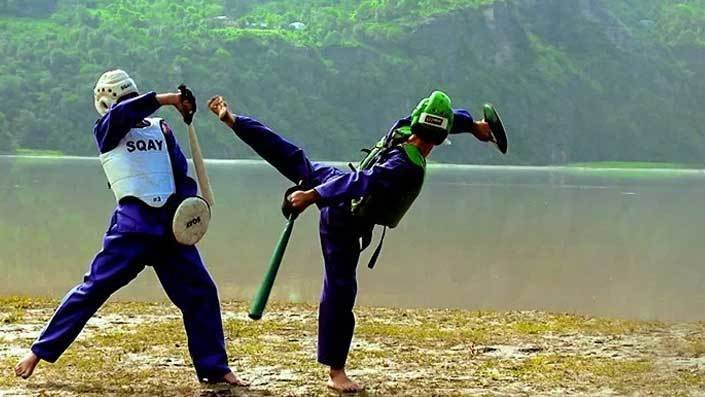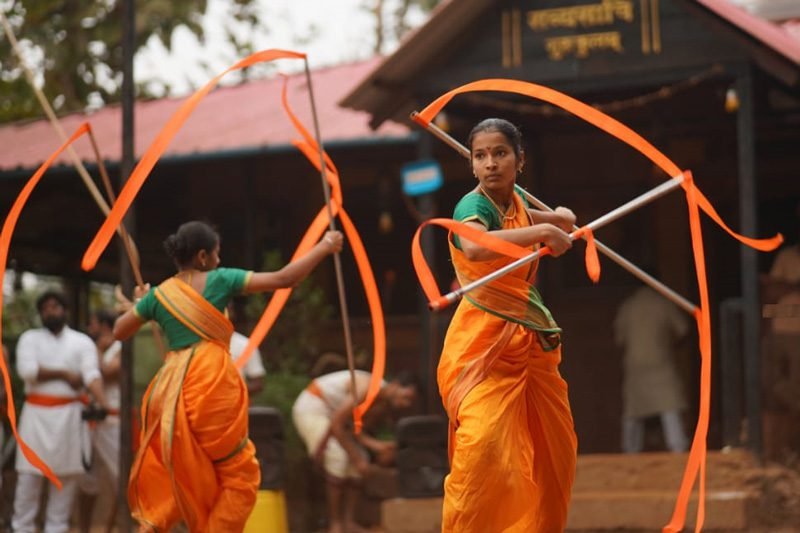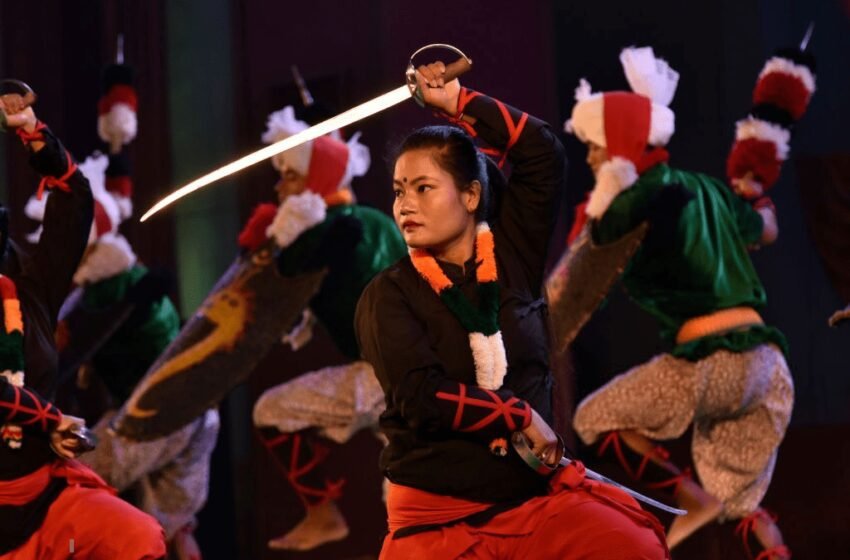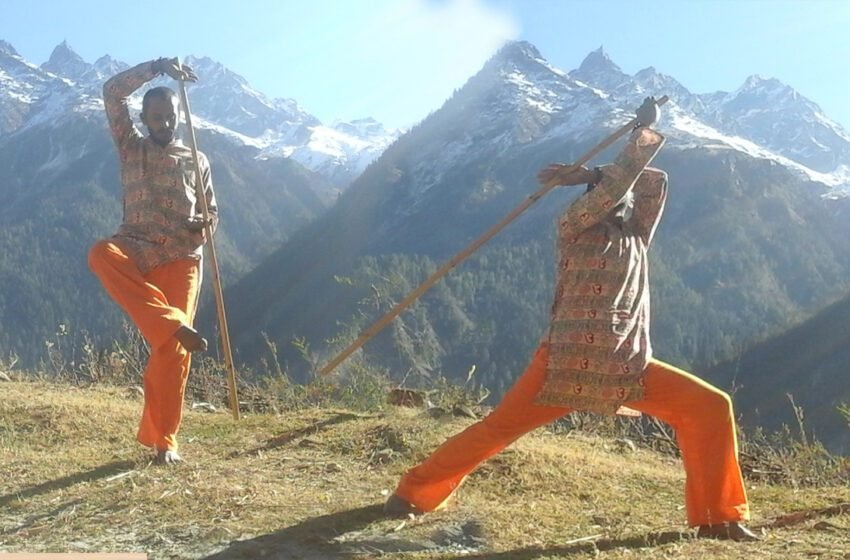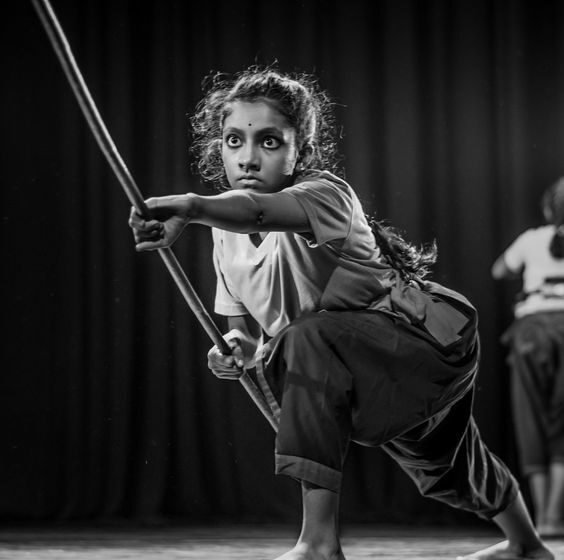It is said that after 3905 B.C, the then king, Diya Dev gave strict instructions for the establishment of an army who were skilled specifically in Sqay. Read More
Mardani Khel has a long history if we trace it back. It began in the early 1600s with the rise in the popularity of guerrilla warfare also known as ganimi kava. It was during this time when Shivaji was also fighting against the Deccan kings and the Mughals. The Mughals were heavily armed and they […]Read More
GATKA – A Martial Art to Defend and follow the
Gatka is a Sikh martial art that emerged a thousand years ago. It was developed in the 15th century by the Sikh gurus. The martial art form has been handed down from one generation to another via masters or ustaads. The practice takes place in an akhaada which is not specially built or does not […]Read More
Thang-Ta – ‘The Art of Sword and Spear’ of Manipur
Thang-ta is a form of martial art which requires weapons where Thang refers to ‘the art of sword’ and ta refers to a spear. Thang-ta is a part of Huyen Langlon, an Indian martial art hailing from Manipur. Huey Langlon consisted of two divisions- the armed and the unarmed way of combat and fighting. Thang-ta […]Read More
Lathi Khela – Self defensive martial art of Bengal
Lathi Khela is the traditional martial art form of Bengal. When we say Bengal, it refers to both, the Indian Bengal and Bangladesh. As the name itself suggests, this martial art form is practiced with lathis or sticks. The one who practices this form is known as a lathia. The history of man’s association with […]Read More
KUTTU VARISAI – ‘Empty hand Combat,’ Dravidian form of Martial
Kuttu Varisai is often confused with the self-defense art of Silambam. This is not the truth. They do resemble but not entirely. Where Silambam uses various weapons like swords, shields, sticks, etc, Kuttu Varisai is the unarmed component of Silambam. It is a Dravidian martial art form which belongs to the state of Tamil Nadu. […]Read More
It is a form of Indian martial arts prominent in the Southern state of Tamil Nadu or Kerala. It is believed that the form has been in practice since the 4th century BC. The name Silambam has been derived from silambambu, a particular type of bamboo which is used to make the staff used in combat form. Read More
Kalaripayattu form of martial art belongs to Kerala and its origin dates back to 3000 years ago. If we divide the word into two, ‘Kalari’ and ‘payattu’, the word roughly translates into exercising or fighting in an arena or a gymnasium.Read More
